Discovering the Adobe Photoshop 7.0 Toolbox
The following information will help you to become familiar with all of the tools available.
 |
 |
 |
 |
| The
marquee tools make rectangular, elliptical, single row, and single
column selections. |
The
move tool moves selections, layers, and guides. |
The
lasso tools make freehand, polygonal (straight-edged), and magnetic
(snap-to) selections. |
The
magic wand tool selects similarly colored areas.
|
 |
 |
 |
 |
| The crop tool trims images. | The slice tool creates slices. | The slice selection tool selects slices. | The healing brush tool paints with a sample or pattern to repairs imperfections in a image. |
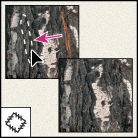 |
 |
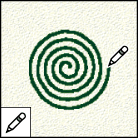 |
 |
| The patch tool repairs imperfections in a selected area of an image using a sample or pattern. | The brush tool paints brush strokes. | The pencil tool paints hard-edged strokes. | The clone stamp tool paints with a sample of an image. |
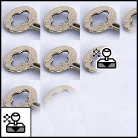 |
 |
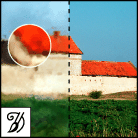 |
 |
| The pattern stamp tool paints with part of an image as a pattern. | The history brush tool paints a copy of the selected state or snapshot into the current image window. | The art history brush tool paints with stylized strokes that simulate the look of different paint styles, using a selected state or snapshot. | The magic eraser tool erases solid-colored areas to transparency with a single click. |
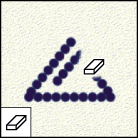 |
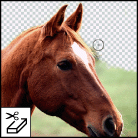 |
 |
 |
| The eraser tool erases pixels and restores parts of an image to a previously saved state. | The background eraser tool erases areas to transparency by dragging. | The gradient tools create straight-line, radial, angle, reflected, and diamond, blends between colors. | The paint bucket tool fills similarly colored areas with the foreground color. |
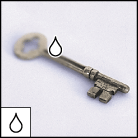 |
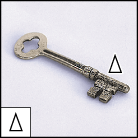 |
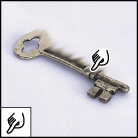 |
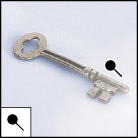 |
| The blur tool blurs hard edges in an image. | The sharpen tool sharpens soft edges in an image. | The
smudge tool smudges data in an image. |
The dodge tool lightens areas in an image. |
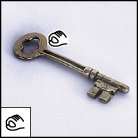 |
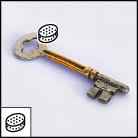 |
 |
 |
| The burn tool darkens areas in an image. | The sponge tool changes the color saturation of an area. | The
path selection tools make shape or segment selections showing anchor
points, direction lines, & direction points. |
The type tools create type on an image. |
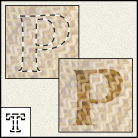 |
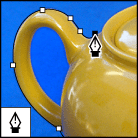 |
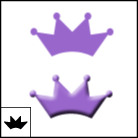 |
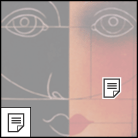 |
| The type mask tools create a selection in the shape of type. | The pen tools let you draw smooth-edged paths. | The custom shape tool makes customized shapes selected from a custom shape list. | The annotation tools makes notes and audio annotations that can be attached to an image. |
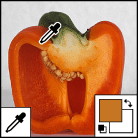 |
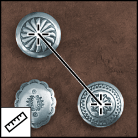 |
 |
 |
| The eyedropper tool samples colors in an image. | The measure tool measures distances, locations, and angles. | The hand tool moves an image within its window. | The zoom tool magnifies and reduces the view of an image. |
The above graphics are courtesy of Adobe Photoshop
Using
the tools
You select a tool by clicking its icon in the toolbox. A small triangle
at the lower right of a tool icon indicates that there are hidden tools.
If you position the pointer over a tool it will display a tool tip with
the tool's name and keyboard shortcut.
To show or
hide the toolbox:
Choose Window > Tools. A check mark indicates the item is showing.
To move the
toolbox:
Drag the toolbox by its title bar.
To select a tool: Do one of the following:
- Click its icon or press its keyboard shortcut. If the icon has a small triangle at its lower right corner, hold down the mouse button to view the hidden tools. Then, click the tool you want to select.
- Press the tool's keyboard shortcut. The keyboard shortcut is displayed in its tool tip.
Using
the tool options bar
Most tools have options that are displayed in the tool options bar. The
options bar changes as different tools are selected. Some settings in
the options bar are common to several tools (such as painting modes and
opacity), and some are specific to one tool (such as the Auto Erase setting
for the pencil tool).
You can move the options bar anywhere in the work area, and dock it at
the top or bottom of the screen.
To display the tool options bar: Do one of the following:
- Choose Window > Options.
- Click a tool in the toolbox.
![]()
Lasso options bar